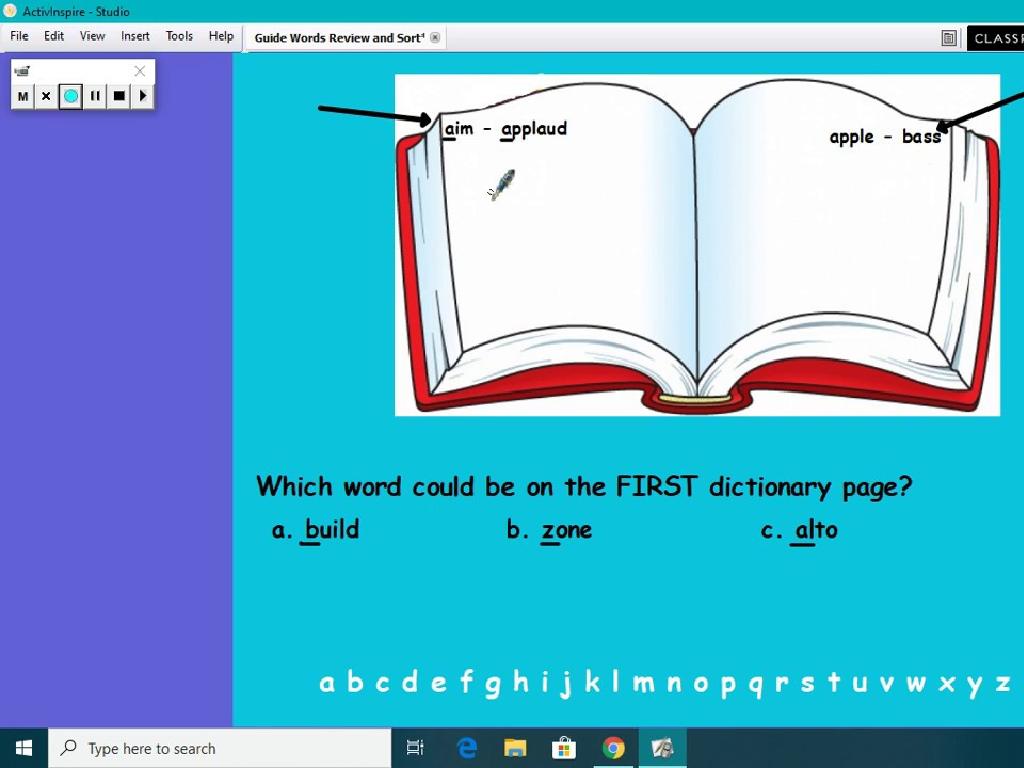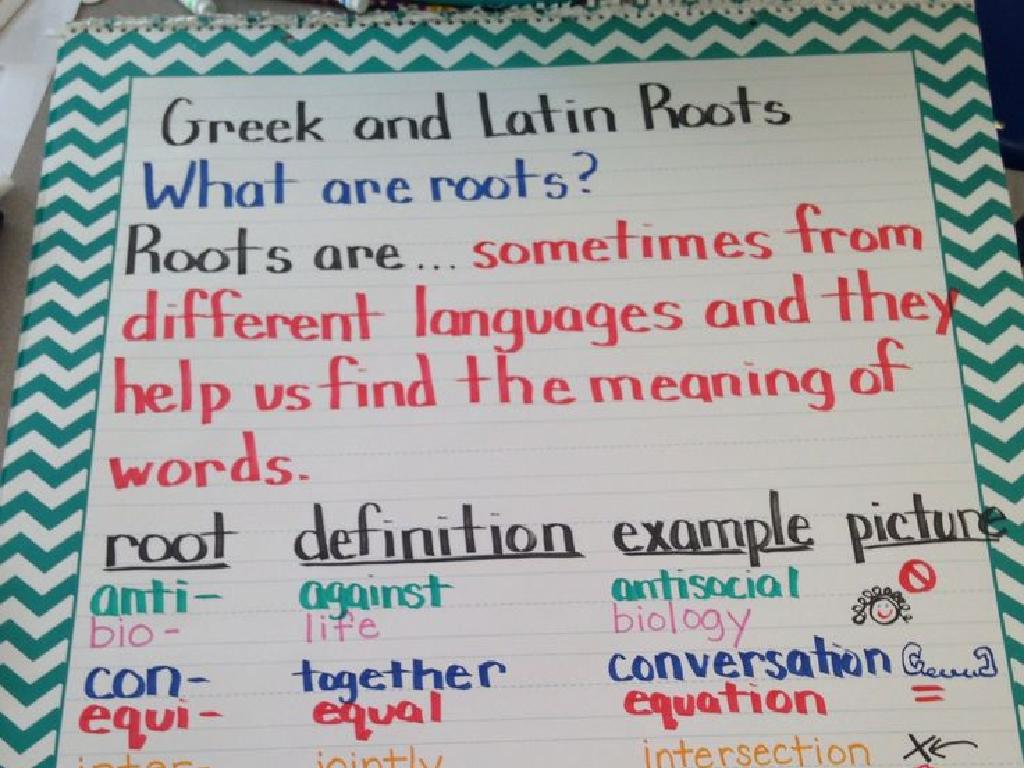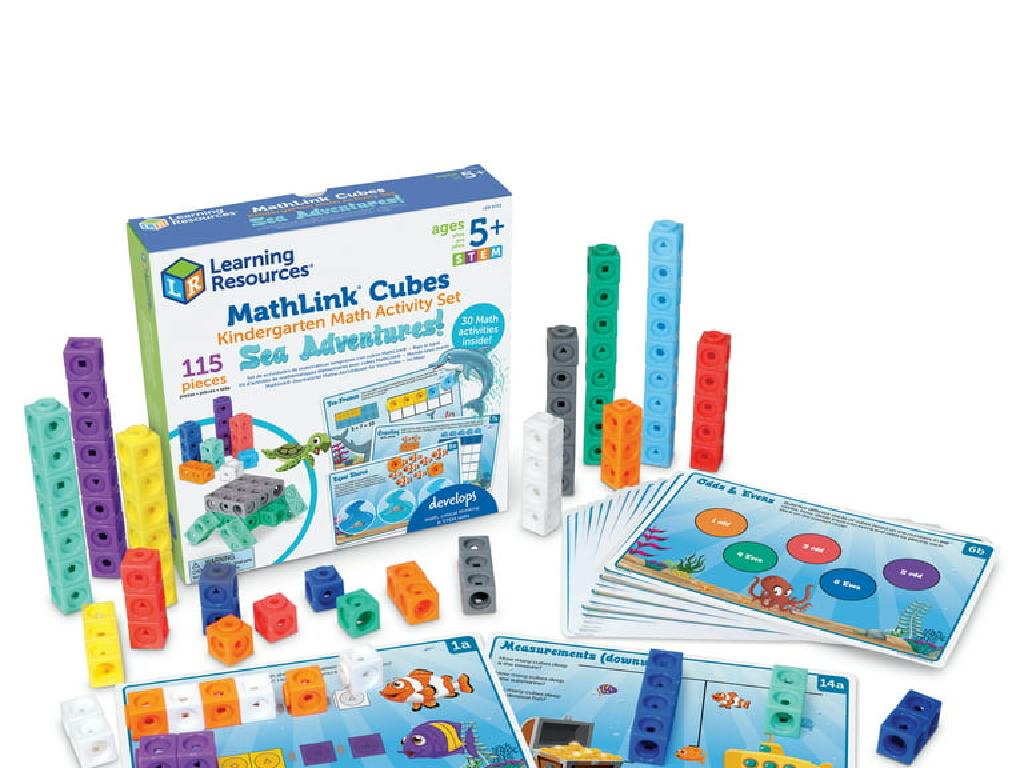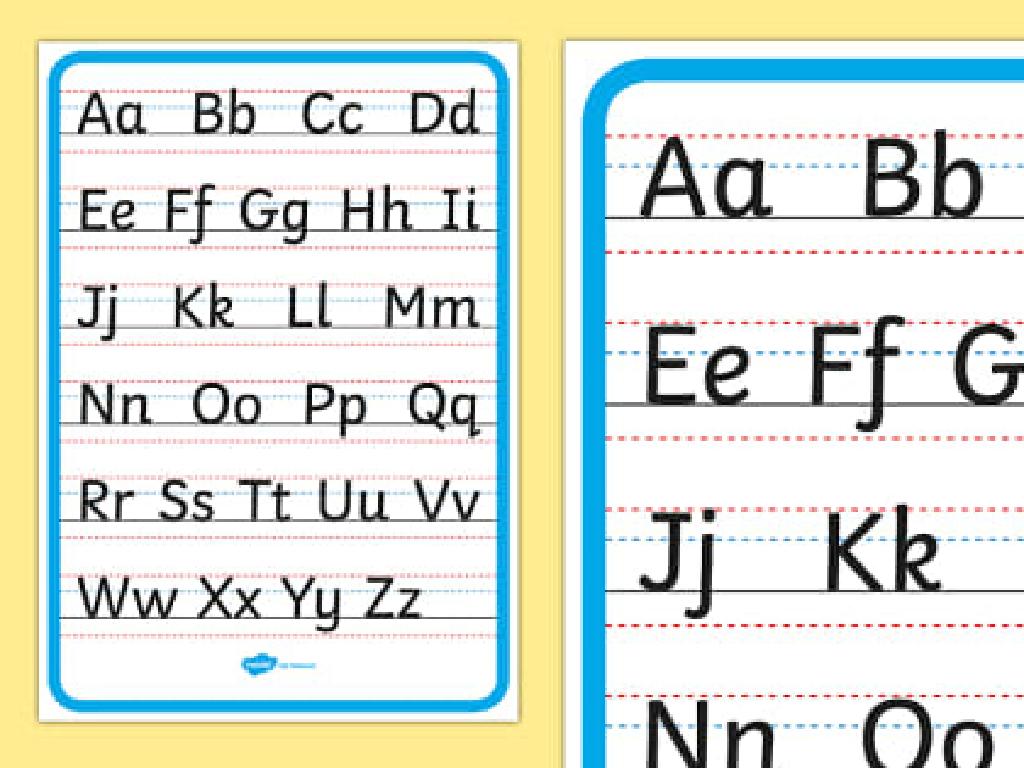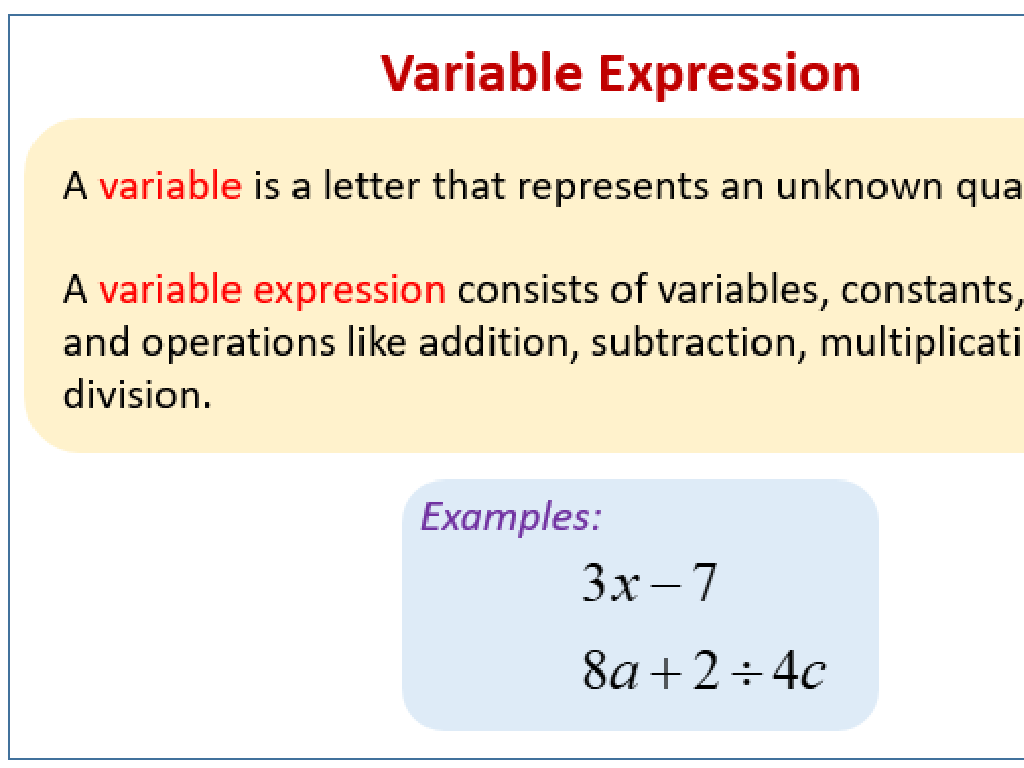Compare Information From Two Informational Texts
Subject: Language arts
Grade: Third grade
Topic: Point Of View
Please LOG IN to download the presentation. Access is available to registered users only.
View More Content
Comparing Information from Texts
– Explore different viewpoints
– Authors may have unique perspectives on the same topic.
– Comparing texts is detective work
– Just like detectives, we look for clues to understand the texts better.
– Discover clues in the text
– Clues can be word choice, tone, or the focus of the information.
– Learn why viewpoints matter
– Understanding different views helps us see the full picture of a topic.
|
In today’s class, we’ll embark on an adventure of comparing information from two texts. We’ll learn how different authors might present information from their unique points of view, much like looking through different colored lenses. By acting as detectives, students will search for clues within the texts that reveal these perspectives. These clues could be the words the authors choose, the tone they use, or what they choose to focus on. Understanding these differences is crucial for students to gain a comprehensive understanding of a subject. Encourage students to think critically about the texts they read and to ask questions about why authors might have different viewpoints.
Understanding Point of View
– What is Point of View?
– It’s the perspective from which a story is narrated.
– Types of Point of View
– First Person uses ‘I’, Second Person uses ‘you’, Third Person talks about ‘he’ or ‘she’.
– Point of View affects stories
– The same story can feel different if told by someone else in the story.
– Examples in texts
– Compare a story told by a character in it versus an outside narrator.
|
This slide introduces the concept of Point of View (POV) to third-grade students, explaining that it’s the perspective from which a story is told. Discuss the three main types of POV: First Person, Second Person, and Third Person, and how they change the way a story is experienced. Use examples from familiar stories or texts, showing how the story’s meaning can shift with a different narrator. Encourage students to think about who is telling the story and how this influences what we know about the events and characters. This will set the stage for comparing information from two informational texts and understanding how POV can affect interpretation.
Exploring Informational Texts
– What are informational texts?
– Texts that give facts about real-world topics
– Sources of informational texts
– Found in books, articles, and online
– Authors’ points of view vary
– Each writer may think differently about a topic
– Comparing texts’ viewpoints
|
This slide introduces students to the concept of informational texts, which provide factual information about different subjects. Highlight that these texts can come from various sources such as books, articles, and websites. Emphasize that authors can present information from their unique perspective, which can influence how they write about a topic. Encourage students to think critically about the information they read and to compare how different authors might present the same topic. This will help them understand the concept of point of view in informational texts. For an activity, students could be given two short texts on the same topic but from different sources or authors to identify the differing points of view.
Comparing Two Texts
– Understanding comparison
– To compare means to look at what is the same and what is different.
– Finding similarities & differences
– Like how two apples might both be red but different sizes.
– Organizing with a Venn Diagram
– It s a set of circles that show what s the same and different visually.
– Practice comparing texts
|
This slide introduces the concept of comparison in the context of reading comprehension. Start by explaining that comparing is when we look at two things to find out what is the same about them (similarities) and what is different (differences). Use relatable examples, like comparing fruits, to illustrate the point. Introduce the Venn Diagram as a tool to help visualize and organize these similarities and differences. For practice, have students compare two short texts using a Venn Diagram, guiding them to look at the point of view, events, or facts presented in the texts. This activity will help students understand how to analyze and synthesize information from different sources.
Reading Time: Comparing Texts
– Read two informational texts
– Same topic, different authors
– Note similarities in content
– Are the main ideas the same?
– Spot the differences
– Do the authors give different facts or opinions?
|
This slide is designed to introduce students to the concept of comparing and contrasting information from two texts on the same topic by different authors. Encourage the students to think critically about the information presented and to take notes on what each author says about the topic. They should consider the main points, supporting details, and the authors’ perspectives. Ask them to look for both similarities and differences in how the authors present their information. This activity will help students understand that different authors can have unique points of view and ways of presenting information, even when discussing the same topic. It’s a fundamental skill in reading comprehension and critical thinking.
Let’s Compare: Understanding Texts
– Find similarities in texts
– What is the same in both stories?
– Spot the differences
– What details are different in each text?
– Points of View impact
– How does who is telling the story change what we learn?
– Discussing changes in information
– How does the story change with different Points of View?
|
This slide aims to guide students through the process of comparing two informational texts. Start by discussing what similarities exist between the texts, such as the topic or main idea. Then, explore the differences, which could be in the details or perspectives presented. Highlight how different Points of View can influence the information given, and how the same event or topic can be described in various ways depending on who is telling the story. Encourage students to think critically about the texts and consider why authors might choose to present information differently. This will help them understand the importance of perspective in informational texts.
Group Activity: Venn Diagram Comparison
– Split into small groups
– Create Venn Diagrams together
– Use circles to show similarities and differences
– Compare texts using the diagrams
– Look for unique and shared points in the texts
– Present findings to the class
|
This group activity is designed to encourage collaboration and critical thinking as students compare information from two texts. Divide the class into small groups, providing each with two informational texts. They will create Venn Diagrams to visually organize the similarities and differences between the texts. Encourage them to discuss and write down the unique points from each text as well as the information that overlaps. After completing their diagrams, each group will present their findings, fostering public speaking skills and reinforcing their understanding of the texts. Possible variations of the activity could include comparing different topics, authors’ perspectives, or text structures.
Class Discussion: Comparing Texts
– Lessons from text comparison
– Authors’ Points of View influence
– How did the author feel about the topic? Did that change the info?
– Significance of different Views
– Understanding all sides helps us think critically and respect others.
– Sharing our thoughts
|
This slide is meant to facilitate a class discussion reflecting on the activity of comparing two informational texts. Start by asking students what they learned from the comparison, guiding them to articulate insights on content and structure. Discuss how the authors’ Points of View might have shaped the information presented in each text, and why this could lead to different interpretations of the same topic. Emphasize the importance of recognizing and understanding different Points of View to develop critical thinking skills and empathy. Encourage students to share their thoughts and provide examples from the texts to support their ideas. Possible activities: have students role-play different authors’ perspectives, write a short paragraph from an alternative point of view, or create a Venn diagram comparing the texts.
Detective Work: Recap on Comparing Texts
– Review of text comparison
– We learned how to compare different texts and find similarities and differences.
– Point of view matters
– Understanding the author’s point of view helps us know why information is presented a certain way.
– Applauding our text detectives
– You all did an amazing job acting as detectives, finding clues in texts!
|
This slide wraps up our lesson on comparing informational texts. Start by recapping the main strategies used to compare texts, such as looking at the topics, details, and the information presented. Emphasize the importance of understanding the author’s point of view, as it shapes how information is conveyed and can influence the reader’s interpretation. Congratulate the students on their hard work and detective skills in uncovering and understanding the nuances of different texts. Encourage them to continue using these skills when reading and to always consider the perspective from which a text is written.
Detective Game: Uncover the Point of View
– Transform into classroom detectives
– Search for clues around the room
– Each clue relates to a text
– Clues are facts from our reading
– Match clues to their Point of View
– Is it a first-person or third-person view?
|
This interactive class activity is designed to engage students in understanding the concept of point of view through a detective game. Scatter clues around the classroom before the activity begins. Each clue should contain a fact from one of the two informational texts previously read. Students will search for these clues and determine which point of view each fact represents: first-person or third-person. Teachers should prepare different sets of clues for each text to ensure a variety of points of view are covered. After the activity, discuss as a class how the point of view can change the perception of information. This will help students compare and contrast information effectively when reading different texts.

